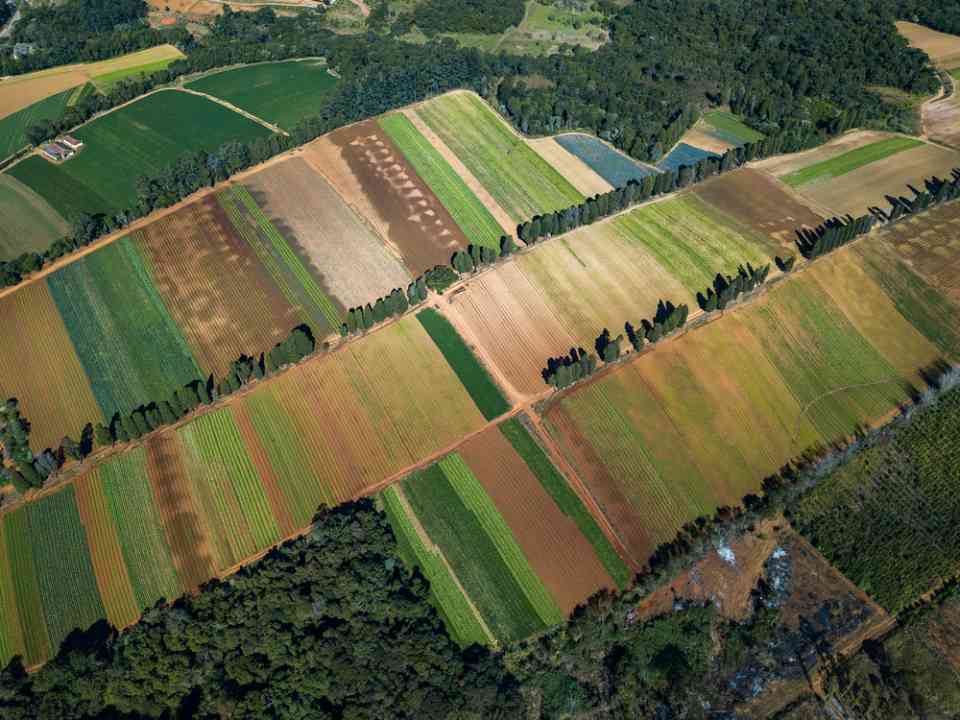Emerging Economies to Shape Global Agricultural Markets in the Next Decade

Emerging economies have been pivotal in shaping global agricultural market trends over the past 20 years and are anticipated to continue this influence in the coming decade, according to a recent report by the Food and Agriculture Organisation of the United Nations (FAO) and the Organisation for Economic Cooperation and Development (OECD).
The OECD-FAO Agricultural Outlook 2024-2033, the 20th edition of this joint publication, serves as the primary global reference for medium-term agricultural commodity market projections. The report examines demographic and economic factors driving agricultural commodity supply and demand, forecasts changes in production and consumption regions and evaluates the resulting shifts in international agricultural trade patterns over the past two decades.
A significant trend forecasted for the next decade is the rising importance of India, Southeast Asia, and Sub-Saharan Africa, alongside a decreasing influence from China. While China accounted for 28 percent of the growth in global agricultural and fisheries consumption over the past decade, its share is expected to drop to 11 percent in the next decade due to a declining population, slower income growth, and stabilized nutrition patterns. In contrast, India and Southeast Asian nations are projected to drive 31 percent of global consumption growth by 2033, fueled by urbanization and increasing affluence. Sub-Saharan Africa is also anticipated to contribute significantly, accounting for 18 percent of additional global consumption, primarily driven by population growth.
Overall, agricultural and fisheries consumption is expected to grow by 1.1 percent annually over the next decade, with nearly all the increase occurring in low- and middle-income countries. In middle-income countries, food calorie intake is projected to rise by 7 percent, largely due to higher consumption of staples, livestock products, and fats. However, in low-income countries, calorie intake will only grow by 4 percent, insufficient to meet the Sustainable Development Goal of zero hunger by 2030.
FAO Director-General QU Dongyu emphasized the need for strategies to bridge productivity gaps in low- and middle-income countries to enhance domestic production and increase farmers’ incomes. OECD Secretary-General Mathias Cormann highlighted the importance of well-functioning agricultural markets, reducing food loss and waste, and adopting more productive and less polluting production methods for global food security and the benefit of rural livelihoods in global agrifood value chains.
Have you read?
Richest Countries In Europe In 2024.
Most Attractive Countries To Private Equity, Venture Capital, and Hedge Fund Investors.
Revealed: Highest-paid news media executive in the United Kingdom.
Countries Leading the Way on Climate Change.
World’s Best Countries For Adventure Tourism.
Bring the best of the CEOWORLD magazine's global journalism to audiences in the United States and around the world. - Add CEOWORLD magazine to your Google News feed.
Follow CEOWORLD magazine headlines on: Google News, LinkedIn, Twitter, and Facebook.
Copyright 2025 The CEOWORLD magazine. All rights reserved. This material (and any extract from it) must not be copied, redistributed or placed on any website, without CEOWORLD magazine' prior written consent. For media queries, please contact: info@ceoworld.biz








